Some would argue that directing is one of the most important roles in the making of a film. Ultimately it’s up for debate due to the fact that certain producers and production companies end up running the directors and the writers as they wish. Companies like Disney are used as examples of production taking over a projects. Just look at the amount of good directors that have left marvel projects in the last few years due to “creative differences.”
However, despite what production companies do or do not, it’s hard not to argue that directors are ultimately the reason films are good or not good. After all, directors are the ones that yell “action” and “cut” between each scene you watch. A director, just like a producer, can choose what to intervene in, what to be a part of, and what to let happen.
Ultimately, there are directors so great that their mere name brings up the thought of a great film. So what makes these individuals so great? What makes them stand out from the others who have been working as much as they have? And what exactly makes them great directors?
Using clips, quotes, and known facts about some of the most well known directors in film today, I’ll explain exactly what makes them so “great.”
1. “Creative Control.”

“Creative Control” is needed before anything else on this list. It is something that directors strive to have. Why? because you can have a very refined vision, but you can’t make it a reality with someone behind you saying “it shouldn’t be this way. It should be that way.” Auteur is a term which in film, is assigned to the person who has the most creative control in a film. Only the most unique and creative directors tend to get complete creative control, and have the honor to be called Auteur Directors.
Auteur directors are known to be very demanding. Perhaps one of the earliest forms of an Auteur director is George Melies, who created his own props, produced, shot and edited his own films. However, he had the fortune of making a lot of his films before the thought of a producer came to film. Was the rich producers and big studios came, he was pushed aside.
The biggest and perhaps earliest “Auteur” director who made his own film, and had full control despite being fully funded by a studio was Orson Welles, who was left alone while filming one of his films. Noticing this, he went crazy. Using different lenses, and all the equipment left at his disposal, he made Citizen Kane, which is considered one of the best films by filmmakers today. It is used in a lot of basic film making classes due to the fact that it’s one of the only films which uses every type of shot and every type of cut.
If we’re talking about creative control then we should ultimately be talking about Stanley Kubrick. Legend has it that the man didn’t only control the shooting of his films. He re-wrote a lot of scenes in the films he didn’t write, and wrote most of his films himself. He edited films with his editors and most times by himself. He shot scenes up to 50 times until they were “perfect” in his eyes. He even had a hand in some of editing for the trailers and marketing for his films.
In modern times, the Auteur is more and more common. Most directors today give themselves the control by writing and producing their own films with money from the first few films they directed. More and more directors and actors are opening their own independent film companies and studios. After all, having creative control to do what you want is perhaps the most important thing… But it’s not all.
2. Having a distinct Vision

What’s creative control if you don’t know what you’re filming before you film it? Having a vision is the first step to making a good film. If you know what you want, the feeling you want the audience to feel when they watch, and how to shoot the film to achieve that feeling then you can make a great film. It’s harder then it sounds and only great directors can really pull it off at its best.
A good director knows when to shoot a scene a certain way. Think of The Russo Brothers who directed the last two Captain America films. Watching certain scenes of the film (like winter soldier attacking Nick Fury, or the chase scene in Civil War) you can tell the directors really thought out what to shoot and how to shoot it, from shot to shot, angle to angle, and action to cut. However, the Russo Brothers are really good directors. So what makes a great one?
Great directors think of how to shoot entire films, not just key scenes. Good directors make great entertaining scenes, but great directors entertain regardless of whether the scene is supposed to be entertaining or not. Martin Scorsese, for example, is not really known to everyone for the great shoot-outs or entertaining scenes in Goodfellas or The Departed. He’s known for dialogue scenes, and for having such great vision that mark an entire film with an X when a character is about to die, how to shoot a twist, a piece of dialogue, or just a scene which gives a glimpse into the main characters mind.
Other then the already mentioned Stanley Kubrick, who shot up to 100 takes in his films, another example of how great having vision is is Alfred Hitchcock. He was sometimes the complete opposite of Kubrick in this respect. It is said he used to draw out story boards of every shot, pass them out to the cast and crew, have extensive rehearsals and only shoot one to three takes.A true master of his art.
Speaking of art and film, the one man who should be brought up when talking about vision is my favorite director of all time, Akira Kurosawa. He did the same thing that Alfred Hitchcock did when it came to story boards, but as a painter brought it one step further. In his later years, Kurosawa ran into financial problems because his films became grander and grander in scale. This left the artist with nothing to do for months on end while trying to save money for his films. The man had such vision that while waiting, he painted shots from most of the scenes in his films before the scenes had made it to film. The best part is that the screenshots of these scenes when taken out of the film, even after the films would come out years later where almost perfect renditions of his vision. In a sense, the great director had the entire film visually in his head.
3.Knowing when to Listen and When to Talk
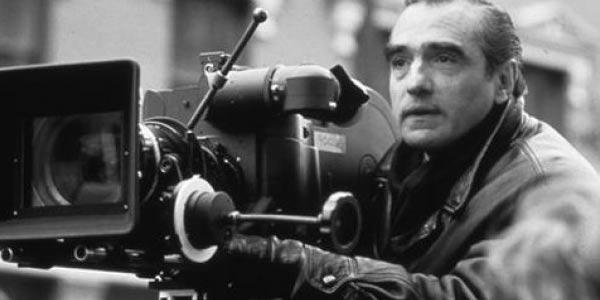
The only reason that the director of a film often takes the most credit for a piece of work is because in a way, he has the most responsibility. Think of a restaurant or store manager. He or she often answers to the District managers and the CEOs of a company, so he/she is not the person completely in charge of everything. However, if a health or audit inspection comes in, whether it passes or fails, and ultimately whether that specific store or restaurant stays open is the responsibility of the manager regardless of how many other stores or restaurants the district managers or CEOs own. The same goes for directors. Ultimately, the director is the only person that has sway over every creative element of the film, and that’s why credit goes to him.
Which brings me to this question: when a store manager sees a person handling something in an unorthodox way which gets results but is not what the manager had in mind, should he/she let it happen, or have the task done his/her way?
A Great director ultimately has the power to say the two most powerful words in the production of a film: Action and Cut. So when an actor is doing something weird on screen, cut, or keep rolling? When a light is out of place, and makes the scene look off beat, cut, or keep rolling? Great directors often have these questions in their head, and sometimes, when answered correctly, these moments they let happen or took control of made some of the most iconic scenes in films today.
Quentin Tarantino speaks to his actors and crew about his vision for the film. He encourages actors to add their own flare to the dialogue and that’s why he and Samuel L. Jackson make such a good film couple. Sam Mendez knows when to let masters do their work. In Road To Perdition and American Beauty, he let Conrad Hall do his own thing, rather then tell the master cinematographer what to do. This led to Road to Perdition and American Beauty being some of the most beautifully shot films in Halls already stunning portfolio (Which include Butch Cassidy and The Sundance Kid, by the way)
If we’re talking about when to let things happen and when to not, few know how to do it better then Martin Scorsese. The man has done everything from invite his own mother on set and let actors improvise with her, to knowing when to let one actor read the other actors dialogue, so as to create realistic expressions and reactions. He even has been known to show actors and editors scenes form his favorite films to show them what to do and how to act. The man knows exactly when to keep a scene going, and when to say cut… and speaking of cutting.
4. Thinking of the Editing
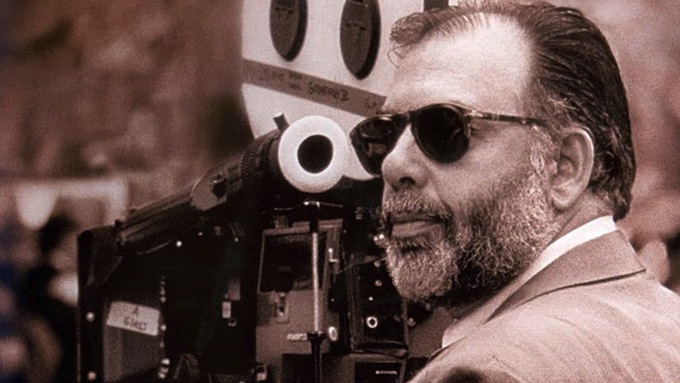
I have saved what I think is the most important for last. This is one of my personal mottos in film making… and it has been proven to me over and over again through the years; Good directors make great scenes,but master directors make great films. I say this because I’ve seen it over and over again. Good directors, like Bryan Singer for example, make great scenes. The scenes, however, always end with someone saying a line, and the film just moves on. This creates some great scenes which make the film worth watching, while the rest of the film becomes unimportant. (just watch any X-men film he created. You will literally remember the memorable scenes shot by shot, and forget the other ones after you finish the film.)
Great directors however, think of the film as a whole, and when saying cut, they’re thinking of what the next shot of the next scene will be. This is a very unique skill to have, as when shooting a film, scenes are more then likely not shot in chronological order. Some of the greatest directors however, have proven that thinking of editing is essential to the pace of a film before it even reaches the editing room… And I don’t mean just visually, but thematically as well. Thinking of editing is how you end up with Kubricks famous Bone cut.
If you want to see a director which knows his editing, it’s good to look at Alejandro Inarritu and Alfonso Cuaron as a simple example. Cuaron eliminated the need for too much editing by mastering his extra long shots. Inarritu one upped him just by adding editing into the mix… Watching Birdman, the long shots make you stay in the moment, but adding to it that the editing is so smooth, you feel as though the film doesn’t even stop. Another good example is Ridley Scott, who’s director cuts tend to be always better then the originals…This director uses 3 or 4 cameras shooting simultaneously to create scenes in one go, while looking at all the shots in 6 screens, simultaneously while thinking of editing… This is how the Scott makes huge budgeted films year after year without fail. It’s great to watch, whether you like his films or not.
Like I said, that’s the simplest example as it eliminates a lot of the editing. Think however, of a director which uses editing to make you feel the weight of something. Francis Ford Coppola is one of the directors known for one of if not the most epic parallel scene cuts in film history. The Godfather Baptism scene. Him, Scorsese, Spielberg and many other film makers of this generation were shaped by thinking of editing during shooting. Coppola knows how to follow a theme ending a scene with it, and have it linger in the beginning of the next scene. It takes real vision to do this. Many film makers have tried to re-create this level of genius and failed. Few have tried and succeeded. Can you name some?
5. Visual Style
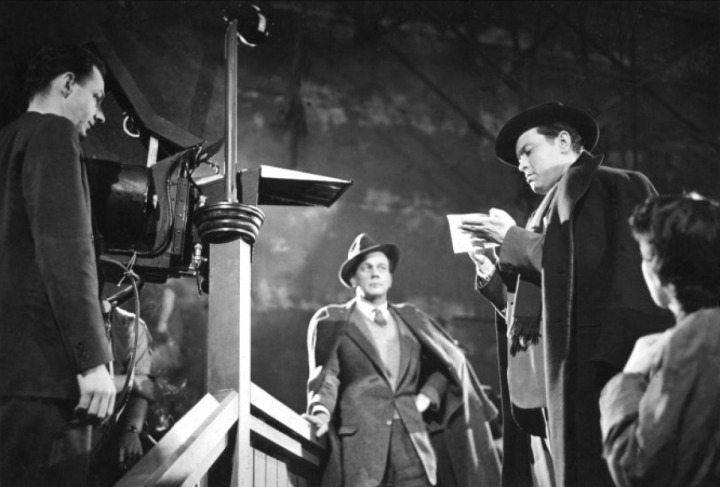
This goes without saying, but having your own style is a must. I don’t mean pick a genre and make films in that genre, a la Tyler Perry. JJ Abrams and his lens flares, Scorsese‘s historical knowledge and references, Wes Anderson‘s color, Tarantino‘s dialogue, Terrence Mallick‘s shooting style: this also makes a great director, as looking at the film a and knowing who’s making it due to signature styles makes their work unique.. It’s just like being a painter… Van Gogh and Picasso stood out due to their unique style. Orson Welles is perhaps the first director which stood out, because he knew film intimately, and stood out with his shooting style (and still does today). When you have a close relationship with film making, knowing which films inspire you, and knowing what kind of shots you love and want to use, the rest tends to work itself out.
Here are some more honorable mentions for great directors which I myself enjoy. Although there are too many to put all of them here they all have their own unique style and focuses. I wish I could list them all and go into what makes them so great in detail (And I will cover some eventually, in single posts). Please feel free to add your own in the comments section:
- Kathryn Bigelow (Zero Dark Thirty, Point Break, Hurt Locker)
- Jeff Nichols (Midnight Special, Take Shelter, Mud)
- Denis Villenueve (Sicario, Enemy, Prisoners)
- William Friedkin (The French Connection, The Exorcist)
- David Cronenberg (The Fly, Eastern Promises, History of Violence)
- Oliver Stone (Platoon, JFK, Alexander)
- Spike Lee (Malcolm X, Do The Right Thing, Inside Man)
- Paul Greengrass (Bourne Ultimatum, Captain Phillips)
- Paul Thomas Anderson (There Will Be Blood, The Master, Magnolia)
- David Lynch (Dune, Eraserhead, Blue Velvet)
- Sergio Leone (Fistfull of Dollars, One Upon a Time In The West/In America)
- Tony Scott (Man on Fire, Top Gun, Unstoppable)
- Sidney Lumet (Dog Day Afternoon, Network, 12 Angry Men)
- Christopher Nolan (Inception, The Dark Knight, The Prestige)
- Roman Polanski (The Pianist, Chinatown, Rosemary’s Baby)
- Sofia Coppola (The Virgin Suicides, Lost In Translation)
- (Joel and Ethan) The Coen Brothers (The Big Lebowski, Fargo, Inside Lwellyn Davis)
- Lynne Ramsay (We Need To Talk About Kevin, Ratcatcher, Swimmer)
- John Ford (Stagecoach, The Searchers, The Grapes of Wrath)
- Woody Allen (Bananas!, Annie Hall, Midnight in Paris)
- Billy Wilder (Sunset Blv, Double Indemnity, The apartment.)
- Ingman Bergman (Seventh Seal, Persona)
- David Fincher (Fight Club, Se7en, The Curious Case of Benjamin Button)
- Ang Lee (Crouching Tiger Hidden Dragon, Life of Pi, Brokeback Mountain)
Thanks for Reading!!
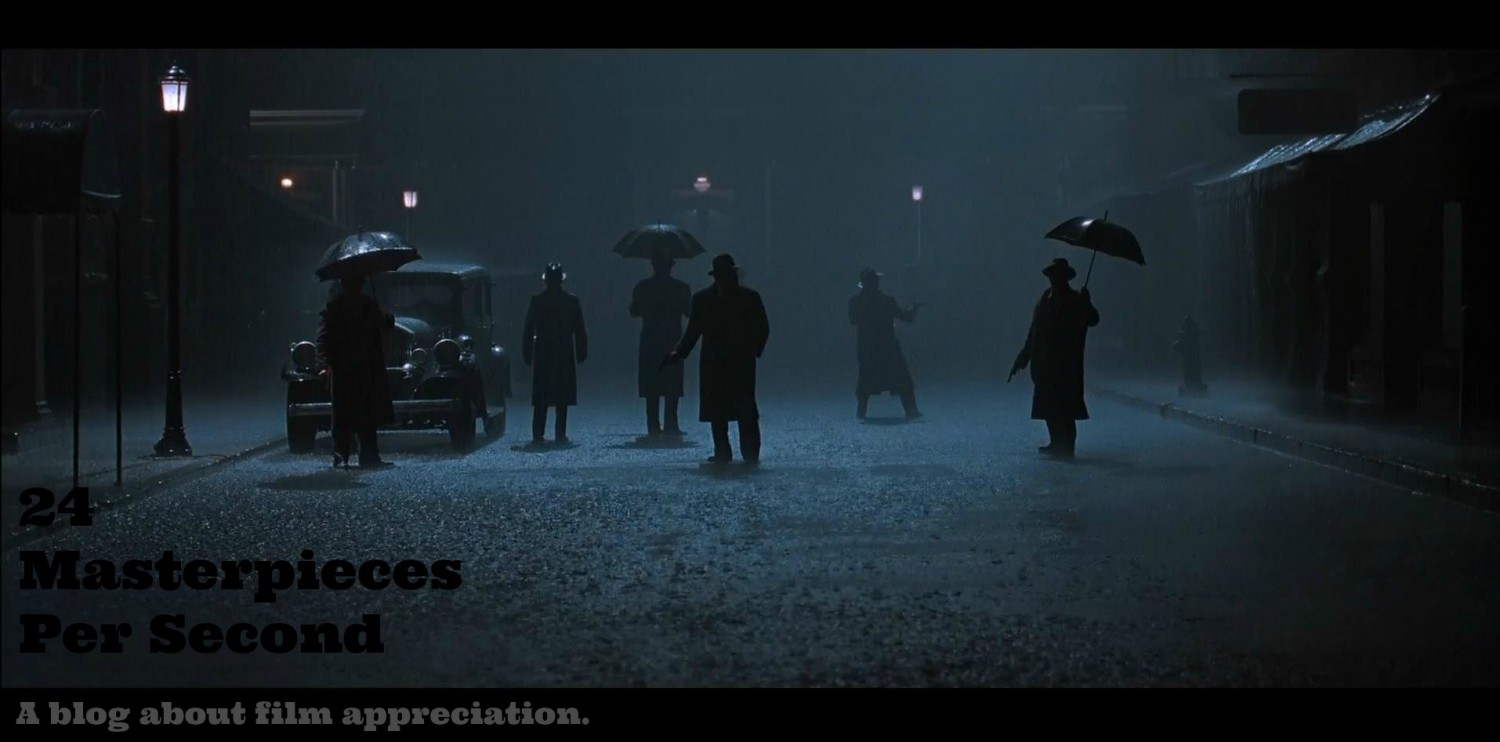
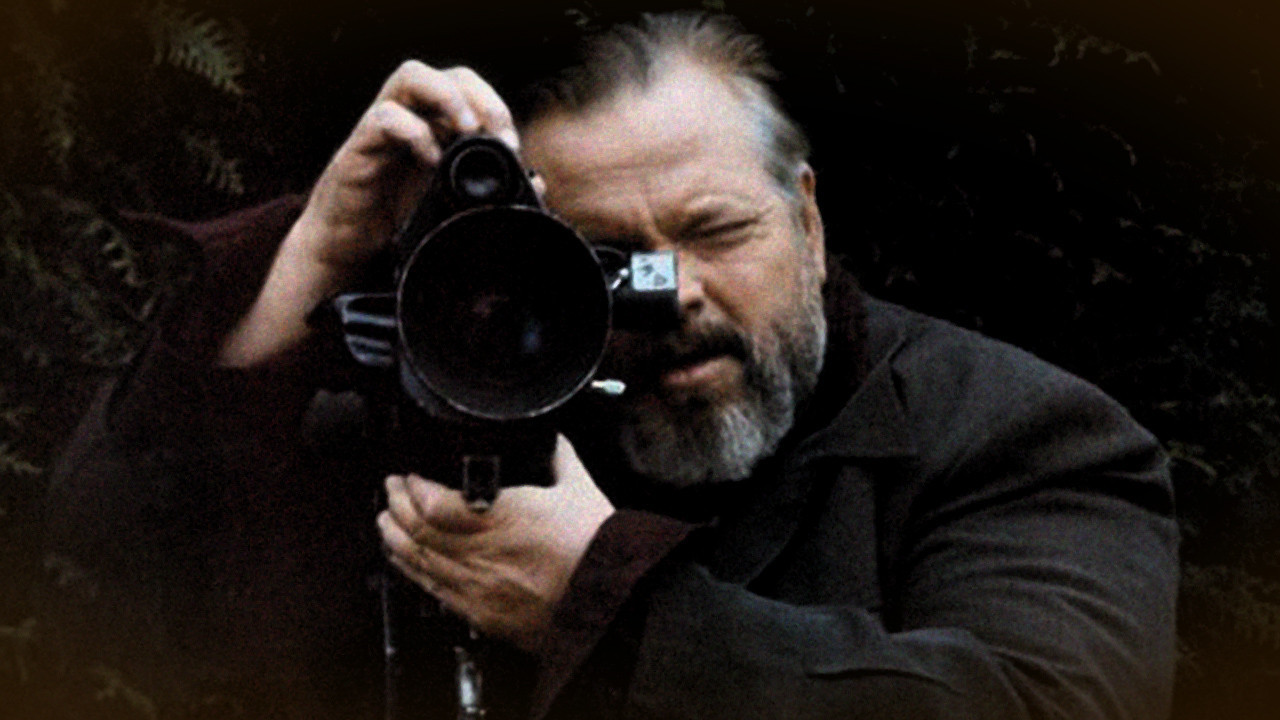
As an aspiring director this was very helpful and inspring as well as well written!! Nice job!
LikeLiked by 1 person
Thank you!! I’m glad fellow film makers are reading.
LikeLike
A very informative post. I especially like how you’ve spoken of various techniques, involving various directors, which make their Big screen artworks unique. I specifically like the fact, you pointed out two of my favourite directors, and how different they way; Hitchcock & Kubrick!!
Among directors, you’ve not mentioned, there are so many that come to mind, Howard Hughes, Howard Hawks, Yasujirō Ozu, Satyajit Ray, Bernardo Bertolucci, Aparna Sen, Xavier Dolan etc etc etc …. But as you said, there is not enough space to mention them all. So your selection, is good enough. 🙂
By the way, have I stumbled onto a Blog, of a film director!!! You knowledge of direction is commendable!!!
LikeLiked by 1 person
Thank you so much!! I definitely would’ve added Ozu and Howard Hawks/Huges to the list. I haven’t watched as many films by them, only the popular ones.
LikeLiked by 1 person